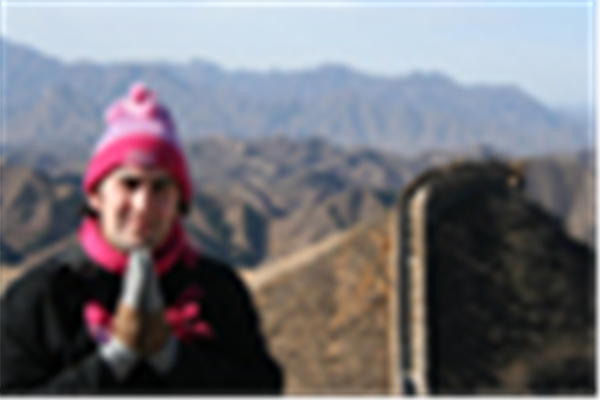Countries defy definition. They are far more than maps, boundaries, or political systems. When one speaks of politics, of economics or culture, even the best words will only capture a glimpse of the nation inside.
China’s rise has stimulated much discussion around the world. Some view the country’s incredible economic growth with admiration and see a system of stability that has brought hundreds of millions out of poverty. Others, however, view China’s expanding influence as detrimental to international society, and criticize China’s exportation of political and societal control that robs ordinary people of their most basic rights.
The Family of Man exhibition that opened at the Museum of Modern Art in New York in 1955. The exhibition’s world tour, sponsored by the United States Information Agency – the governmental body charged with presenting the positions of the American government abroad and more generally with sharing American culture with international audiences – proved a tremendous public diplomacy success for America.
At a time of Cold War antagonisms and longstanding divisions that segregated mankind by color, caste and creed, The Family of Man celebrated, as stated by its curator Edward Steichen, “the daily relationship of man to himself, to his family, to the community and to the world we live in.” Viewed by more than nine million people in thirty-eight countries over a period of seven years, the exhibition offered a message of unity and a momentary diversion from the perils of modern life.
"Rather than crassly presenting America to the world, America presented the world to the world, and gained credit thereby,” says Nicholas J. Cull, director of the USC Public Diplomacy Masters program.
China is at a crossroads in world opinion. From military confrontation to economic entanglement, visions of China as the rising global challenger are pervasive in the American mind. Yet lost in the rhetoric are the images of ordinary life, the commonalities between people on both sides of the Pacific.
Fifty-five years ago, photographs proved an extremely effective public diplomacy tool, fostering greater cultural understanding. These photos from China have a similar purpose, to remind people of China’s diversity and of the emotions and values we, regardless of place or position, share.
 Paul S. Rockower is a graduate student in the USC Public Diplomacy Masters program. The Family of Man – China is an excerpt from his larger show, The 21st Century Family of Man, now on display at USC’s Annenberg School for Communication & Journalism. Traveling to 45 countries, his images of China are a slice of his journeys. Visit www.21cfamilyofman.com to view the entire collection.
Paul S. Rockower is a graduate student in the USC Public Diplomacy Masters program. The Family of Man – China is an excerpt from his larger show, The 21st Century Family of Man, now on display at USC’s Annenberg School for Communication & Journalism. Traveling to 45 countries, his images of China are a slice of his journeys. Visit www.21cfamilyofman.com to view the entire collection.
 Peter Winter is a graduate student in the USC Public Diplomacy Masters program and managing editor of US-China Today. Following a year of study at Peking University, he traveled to twenty provinces across China.
Peter Winter is a graduate student in the USC Public Diplomacy Masters program and managing editor of US-China Today. Following a year of study at Peking University, he traveled to twenty provinces across China.
-------------------
Further Reading on The Family of Man:
Steichen, Edward. (2002) [1955] The Family of Man. New York: The Museum of Modern Art.
Sandeen, Eric J. (1995) Picturing An Exhibition: The Family of Man and 1950s America. Albuquerque: University of New Mexico Press.
The Cold War and the United States Information Agency: American Propaganda and Public Diplomacy, 1945-1989. Cambridge: Cambridge University Press.
O’Brian, John. (2008) “The Nuclear Family of Man.” Asia-Pacific Journal: Japan Focus, 14 Jul.